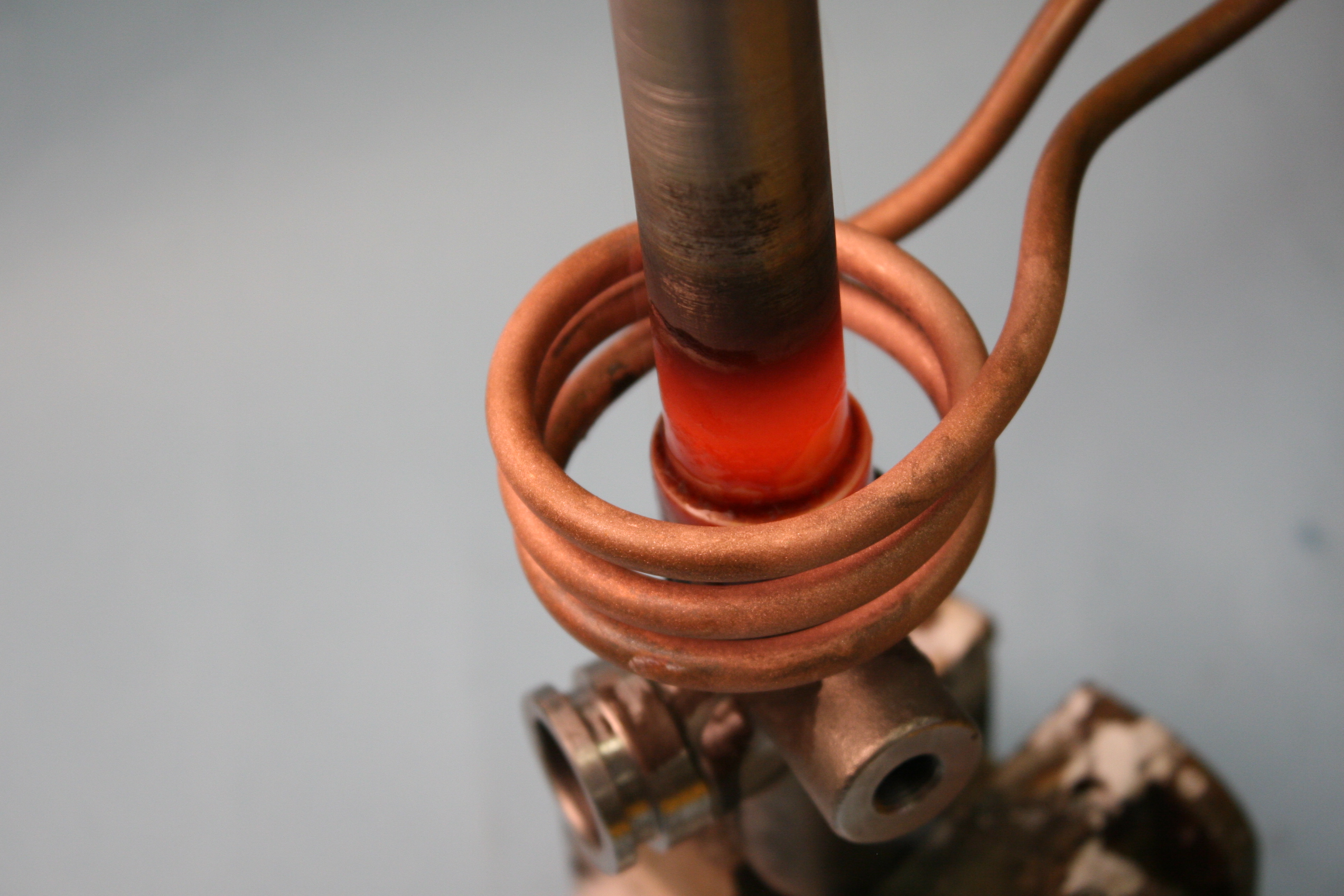Induction Forging Steel Rods to Stamp Saw Blade Handles
When it comes to many manufacturing processes, including this forging application, precision and efficiency are critical. Traditional heating methods...
Processes
Processes: More
Processes: More

Industries:
Industries: More
Industries: More
Industries: More

Products:
Products: More
Services:
Services: More

Learn:
Learn: More
About:


Induction heating is used for countless industrial heating applications. That said, brazing is perhaps our most common application. In this blog post we'll review the reasons why many manufacturers turn to induction heating for their brazing applications. The advantages include:
In addition to these advantages, induction heating is versatile and can also be used to braze a wide range of metals, including ferrous and non-ferrous materials. It is also compatible with a variety of brazing filler metals.
Here are some specific applications where induction heating is commonly used for brazing:
In summary, induction heating is a versatile and efficient method for brazing a wide range of materials. It offers many advantages over traditional brazing methods, including precise and localized heat, repeatable results, fast heating cycles, a clean and safe process, and energy efficiency. Learn more about brazing and the many brazing applications THE LAB at Ambrell has tested by clicking the image below.

When it comes to many manufacturing processes, including this forging application, precision and efficiency are critical. Traditional heating methods...

The busy fall tradeshow schedule continues, with Ambrell set to exhibit at two more events next week: WESTEC 2025 in Anaheim, CA and The Battery Show...

Toronto, ON | September 29 – October 2, 2025